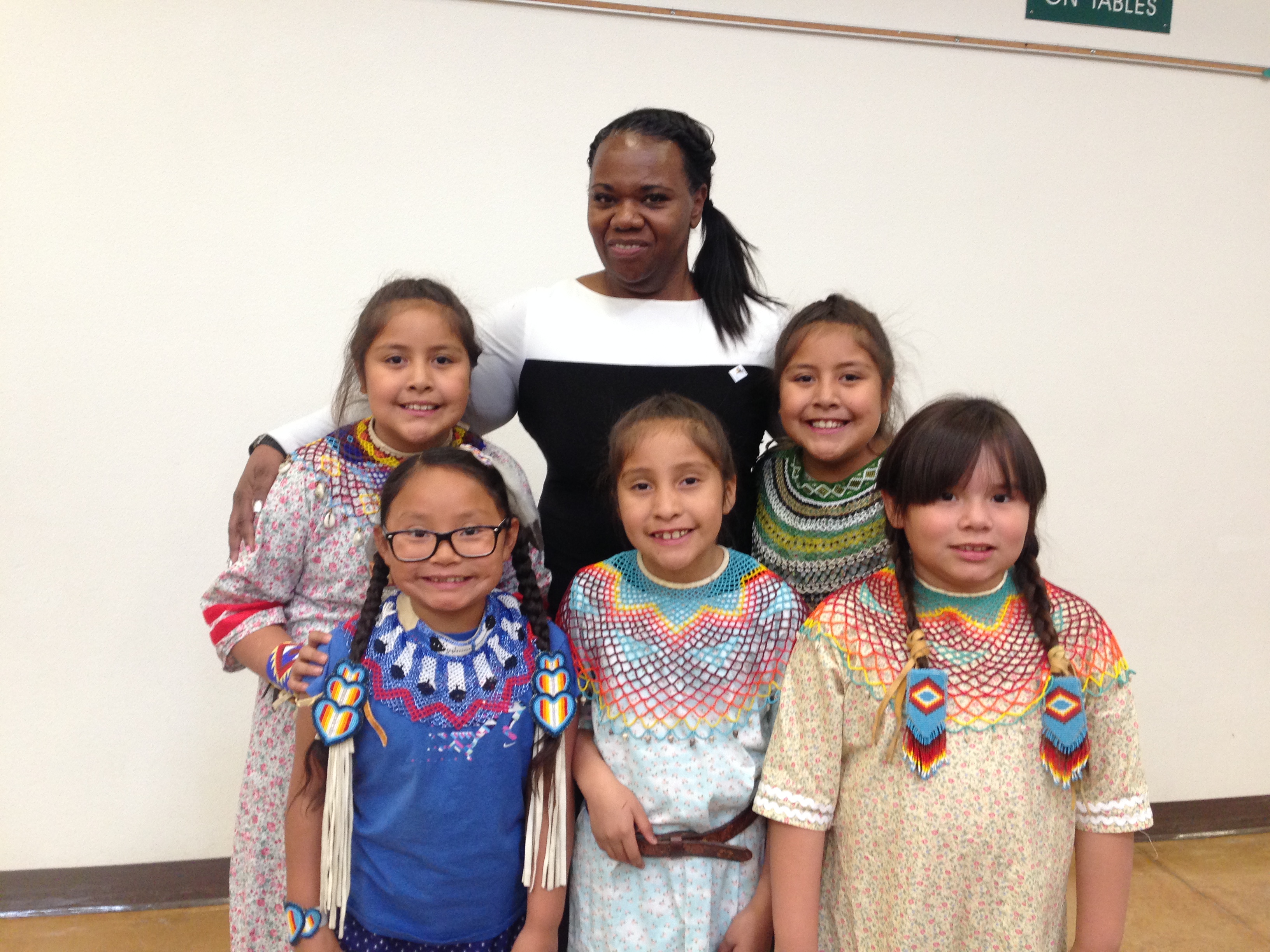
“It’s a minority-majority district, but the people who serve the children don’t necessarily look like them.”
Implicit bias, equity and cultural competency might sound like bureaucratic lingo but it’s something the Washoe County School District plans to tackle head-on this school year and for years to come.
Among reasons for the move are shifting demographics.
According to district data, 74 percent of students served during the 1995-96 school year were white and 15 percent were Hispanic. By 2005-06, 57 percent identified as white and 30 percent as Hispanic. Currently, about 45 percent are Caucasian and 40 percent are Hispanic.
“It’s a minority-majority district, but the people who serve the children don’t necessarily look like them,” Superintendent Traci Davis said. “It’s not just even looking like them. We serve 47 percent who are on free or reduced lunch. So then you look at socioeconomics. Most of the people who provide instruction are middle class and sometimes there’s a gap because there’s some frustration because there are expectations.”
For example, most teachers who assign homework expect it’ll get done and brought back to school.
“Well, that depends if the child goes home to a parent who says, ‘Sit at the table and do your homework,’” Davis said. “I think we have a plethora of kids who face a different type of trauma—trauma we as students never thought about.”
Davis acknowledged things won’t ever be perfect and that equity isn’t just about race.
Tiffany Young, district equity and diversity coordinator, said areas addressing cultural competency and equity are new. Regardless of birthplace, income or skin color, she said everybody has a culture.
“Cultural competency is different from diversity,” Young said. “It helps people to learn what drives them. It starts with the individual. When I meet someone who’s definition of a family is different than mine, I don’t judge, I understand.”
Implicit bias refers to unconscious statements about individuals based on their subgroup. It’s different than explicit or deliberate biases or biases someone might try to hide.
“You don’t even realize you’re saying or doing it until someone brings it up,” Young said.
Examples of implicit bias might include assuming black students play sports, pupils with Hispanic-sounding names speak Spanish, Asian children don’t need extra help because they’re already smart, and that low-income parents don’t care if their child succeeds.
Outside the school environment, implicit bias examples could be adults subconsciously judging others based on their age, appearance and residency.
Efforts are being made to examine how the district reaches out to marginalized populations, Young said. For instance, during the recent school calendar survey, the majority of respondents came from more affluent zip codes.
The Equity Task Force recently examined policies and practices to find out whether such guidelines create inequities unbeknownst to the district, Davis said. The task force contains people from the district, higher education and the public.
“Let’s look at how we put kids in advanced placement classes. Are we giving kids opportunities? Do we see the same amount of kids in gifted and talented as we do across the board that’s representative of our school population?” Davis said. “But, likewise, do we see overrepresentation in special education?”
At the elementary and middle school levels, white, Asian and multiracial students were more likely to be enrolled in gifted and talented classes than to be enrolled in special education. Whereas, American Indians, Hispanics, African-Americans, and Pacific Islanders were more likely to be enrolled in special education than in gifted programs, according to the district accountability office.
Young said younger children are automatically tested for gifted and talented programs via a universal cognitive screening system. However, the district is examining how high school students are being referred to or being welcomed into honors and advance-placement classes.
According to district data, enrollment in advanced placement and international baccalaureate classes at the high school level during the 2017-18 year was disproportionately white and Asian.
For every 10 seats occupied in AP and IB classes, 16.8 were Asians, 13.1 were white, 11.3 were multiracial, 7.1 were Pacific Islander, 6.8 were Hispanic, 6.2 received free or reduced-price meals, 5.9 were black and 4.5 were American Indian.
Among dual credit high school courses, career and technical education and signature academies, data was similar. Signature academies are four-year themed programs that help students jumpstart their careers.
